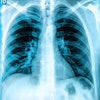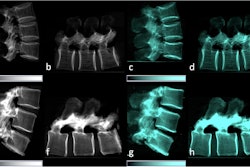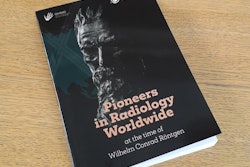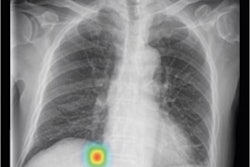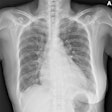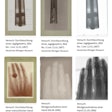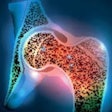Bone health appears to be normal in infants born to women treated with tenofovir disoproxil fumarate (TDF) to prevent HIV infection, according to a study published on 11 November in the Journal of the International AIDS Society.
The finding is from a study in South Africa of 481 infants who underwent dual energy x-ray absorptiometry (DEXA) scans at six, 26, 50, and 74 weeks.
“Our findings are reassuringly suggestive that in-utero [tenofovir disoproxil fumarate] exposure does not alter bone integrity among breastfed infants in the first 18 months of infancy,” noted corresponding author Dhayendre Moodley, PhD, of the University of KwaZulu Natal in Durban, and colleagues.
Oral pre-exposure prophylaxis (PrEP) consisting of TDF and emtricitabine (FTC) is now widely accessible as an effective biomedical intervention for populations at high risk of acquiring HIV, including pregnant women, the authors wrote.
While HIV treatment studies have demonstrated an association between TDF and decreased bone mineral density in adults, data for infants born to women taking TDF-PrEP are lacking, they noted.
To address this knowledge gap, the group performed a follow-up study of a previous trial conducted between September 2017 and August 2021 in which pregnant women either initiated TDF/FTC PrEP in pregnancy or after stopping breastfeeding. Infants born to women in both groups underwent DEXA scans to measure bone mineral content (BMC) of the whole body with head (WBH) and lumbar spine at 6, 26, 50, and 74 weeks.
According to the findings, infants born to women who initiated TDF-FTC PrEP in the second trimester of pregnancy did not have significant changes in bone mineral content of the lumbar spine and whole body with head between birth and 74 weeks of age when compared with infants born to women who did not initiate oral PrEP during pregnancy.
Specifically, a mixed linear regression analysis found mean differences in BMC of the whole body with head of -0.74 at six weeks, -1.26 at 26 weeks, -9.17 at 50 weeks, and 5.02 at 74 weeks (p = 0.283). Mean differences in BMC of the lumbar spine were 0.07 at six weeks, 0.02 at 26 weeks, -0.14 at 50 weeks, and 0.14 at 74 weeks (p = 0.329).
“There were no differences in bone mineral content of the whole body with head and lumbar spine between infants exposed to in-utero TDF-FTC PrEP and unexposed infants in the first 18 months of life,” the group wrote.
In addition, the results held even among women who demonstrated moderate to high adherence to the oral PrEP regimen in pregnancy, the group wrote.
There has been only one other similar study in which researchers reported no difference between mean whole-body bone mineral density at 36 months of age among 40 children with and 71 without in-utero PrEP exposure, according to the group.
“The lack of significant differences in BMC of [lumbar spine] and [whole body with head] between infants exposed to in-utero TDF-containing PrEP versus no exposure to in-utero TDF-PrEP at all time points from 6 to 74 weeks is consistent with findings from the only other study of HIV-unexposed infants and indeed very reassuring,” it concluded.
The full study is available here.



